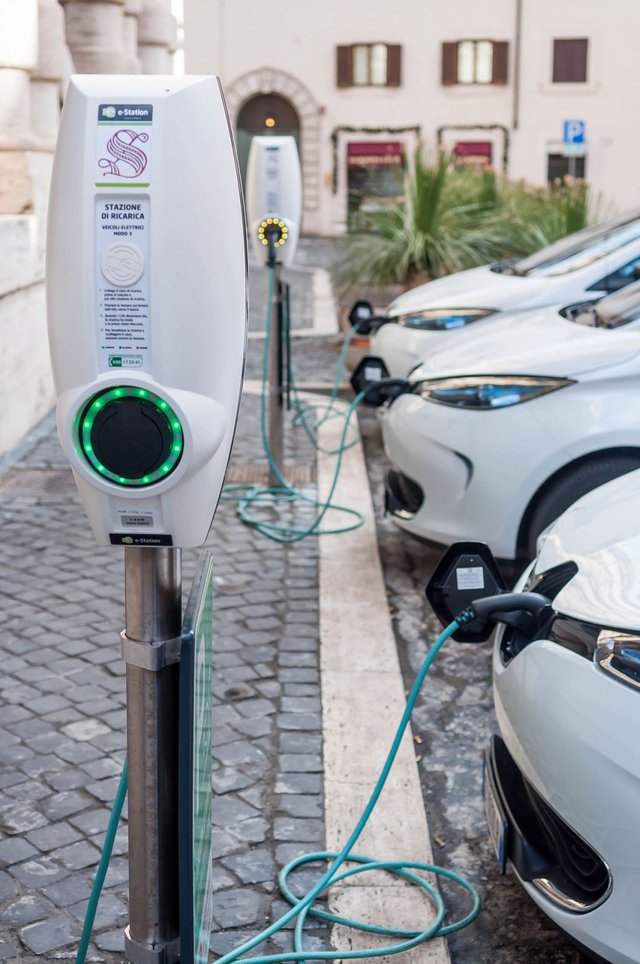It was estimated that by #2030, electric cars would run in India..
An electric car is an automobile that is propelled by one or more electric motors, using energy stored in rechargeable batteries. The first practical electric cars were produced in the 1880s.[1][2] Electric cars were popular in the late 19th century and early 20th century, until advances in internal combustion engines, electric starters in particular, and mass production of cheaper gasoline vehicles led to a decline in the use of electric drive vehicles. In 1897, electric cars found their first commercial use in the USA. New York City taxis were electric, and they were manufactured by the Philadelphian Electric Carriage and Wagon company. During the 20th century, the main manufacturers of electric vehicles in the US were Anthony Electric, Baker, Columbia, Anderson, Edison, Riker, Milburn and others. Unlike gasoline-powered vehicles, the electric ones were quieter and did not require gear changes.[3]

Since 2008, a renaissance in electric vehicle manufacturing occurred due to advances in batteries, concerns about increasing oil prices, and the desire to reduce greenhouse gas emissions.[4][5] Several national and local governments have established tax credits, subsidies, and other incentives to promote the introduction and now adoption in the mass market of new electric vehicles depending on battery size and their all-electric range. The current tax credit allowed by the US Government is between $2,500–$7,500 per car.[6] Compared with cars with internal combustion (IC) engines, electric cars are quieter and have no tailpipe emissions. When recharged by low-emission electrical power sources, electric vehicles can reduce greenhouse gas emissions compared to IC engines. Where oil is imported, use of electric vehicles can reduce imports. However, a proper analysis of the overall benefit/efficiency of an electric vehicle must include what type of source was used to charge the battery, the energy required to make the battery, and the energy expended in disposing of it, in an environmentally sound manner.
Recharging can take up to an hour, however this amount of time is being reduced as the technology improves. A major limiting factor is that currently (2017) there is inadequate recharging infrastructure for long routes, though many owners use home charging stations instead of commercial infrastructure. Battery cost limits range and increases purchase cost over IC vehicles, but battery costs are decreasing. Drivers can also sometimes suffer from range anxiety – the fear that the batteries will be depleted before reaching their destination.[4][5] – though, in 2018, ranges over 100 miles (160 km) are typical of new models; and some makers (Tesla; General Motors) offer models with real-world ranges well over 200 miles (300 km), which is comparable to the range of a gasoline-fueled car.